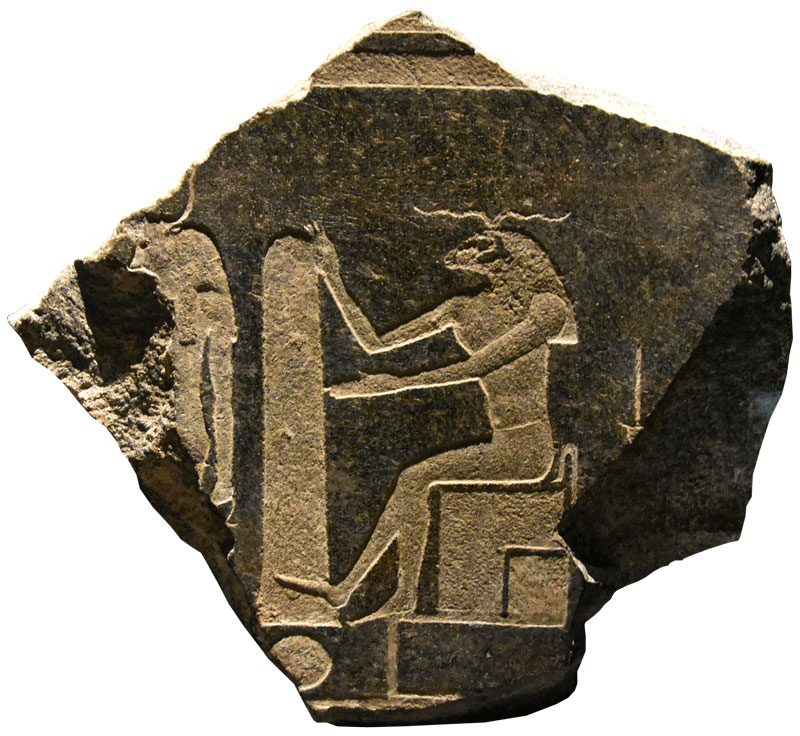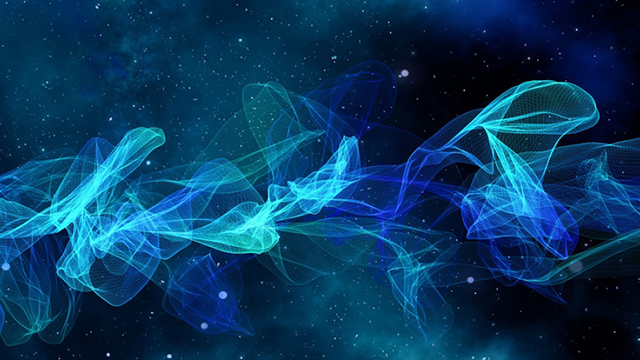
Biocentrism is a theory that setting man back at the center of the universe offers a new age interpretation of reality. We don’t just perceive reality the way we do, rather we create it inside our minds.
In this sense it goes back to Protagoras and his man measure of all things. As a side thought we must acknowledge how deep have gone the insights and intuitions of the pre-socratic and greek philosophy school of thought, unencumbered by scientific progress. When knowledge wasn’t divided into specialised fields it was much easier to address the most pressing questions of life in an original manner.
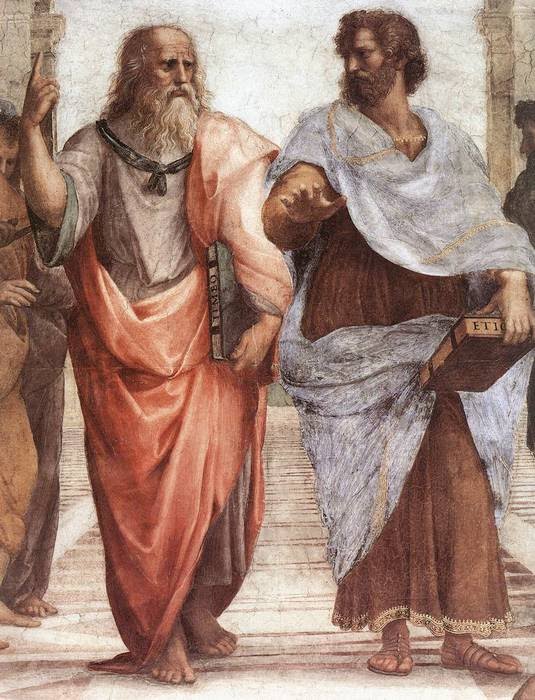
Biocentrism moves instead from the most advanced findings of modern science, the relativity of space-time and quantum theory, to make the point that reality is not as granted as we conceive it in our everyday lives, but it’s a much more obscure and undetermined phenomenon.
Science in the last century has taught us the relativity of the perception of space and time, a first important blow to the deterministic world of Newton Descartes and Galileo. As the observer’s speed progresses, time and space cease to be unchangeable, and relativistic corrections begin to matter. Time is just another dimension to be added to space for the evaluation of motion in a manifold that warps under the effect of gravity.
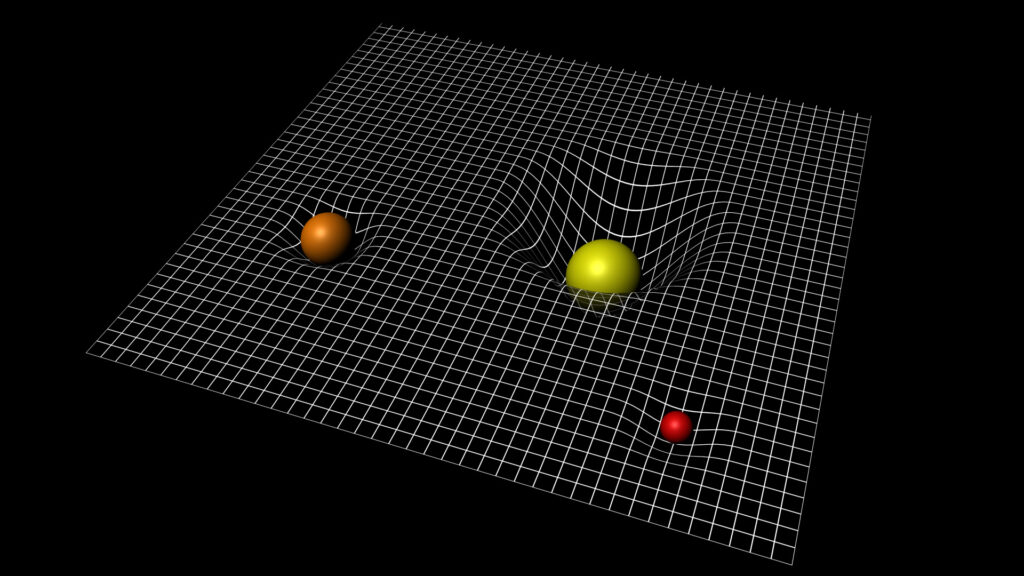
At the beginning of the century a group of brave and bright men probed the infinitesimally small to find out that at the smallest scale there are also no certainties but rather a realm of possibilities. Particles behave in funny ways: they are particles and waves at the same time. They simultaneously take different paths to reach the same detector and can create an interference pattern, unexplained and unexplainable in classical physics.
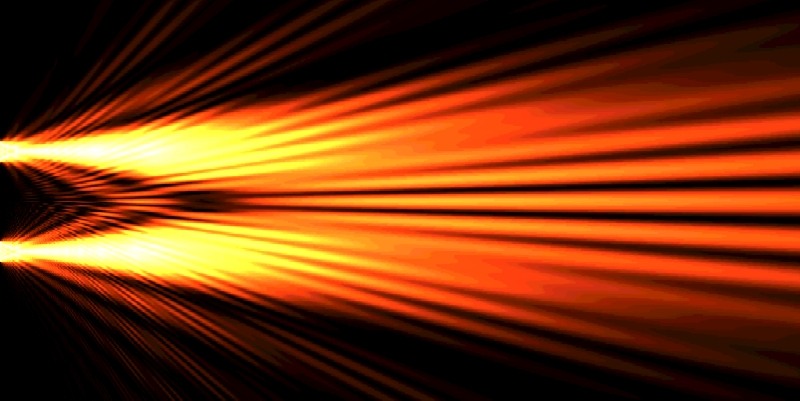
Particles cannot be measured with certainty in position and velocity, adding a fundamental level of indetermination in the solid foundations of matter. But odd enough for the most, when closely inspected by an observer, the superposition of states – a QT expression that allows multiple concurrent behaviour in particles – ceases to exist and it coalesces into only one definite observed behaviour. When forced to be observed with certainty, reality plays a new trick on us humans and hides its indetermination. Somewhere along the path that leads from the micro to the macro world, randomness ceases to be and yields back to the mechanistic every day world we experience every day. One of the fundamental mysteries of nature.
In between the micro and macro world lies man, measure of all things, his perceptions and his ability to create a sense of reality that enables living beings to make sense of what surrounds them. The arrow of time, the inexplicable flux of events that enables us to shut our eyes at night and reconnect with reality exactly where we left it the day before – aside for dreams – may as well be just a necessary biological interpretation. QT enables many parallel worlds and events at the same time. Nowhere in the structure of nature is the flux of time actually to be given for granted: most physical laws enable to reverse the order of time – they are time invariant – without affecting their descriptive power. Even in thermodynamics the irreversibility of entropy has been questioned recently in cosmology. Recent quantum experiments have recently pointed out to the possibility to reverse it at the quantum level.
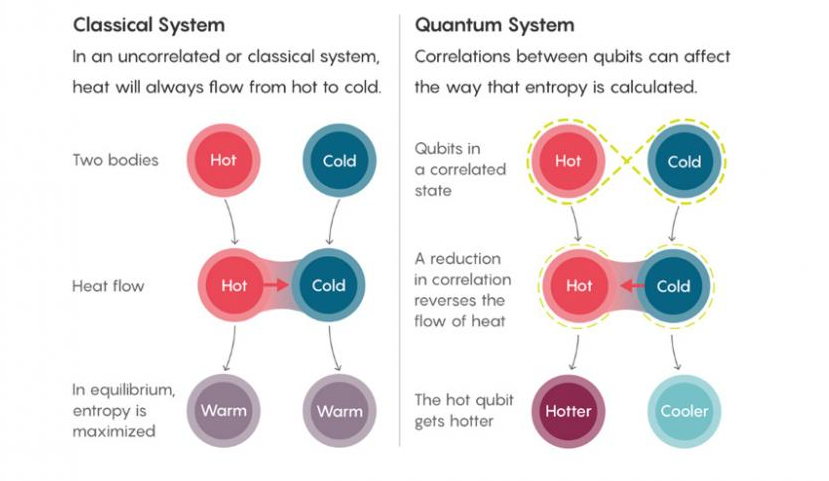
Biocentrism concludes that it is us – the observers – that make sense of the universe. Reality is a creation of our own minds, to be distinguished from the brain, its physical location. The key to our understanding of reality is consciousness, or the sense of identity and self awareness in beings yet unexplained by science (but if you are interested in the topic you will find more on this blog in earlier articles).
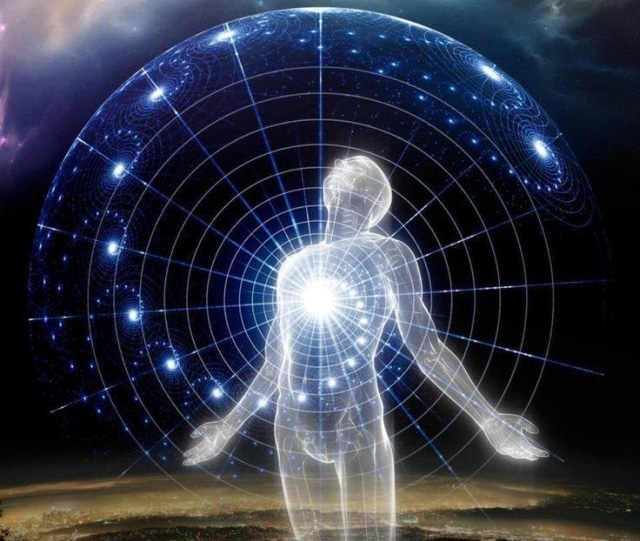
Biological beings need to make sense of the uncertainty of nature and need a psychological arrow of time in order to be able to survive and allow for instance for cause-effect relationships. Immagine the mess if our actions leaved it open for multiple outcomes to ensue. We would be at odds with everyday life. We thus create our own reality – so goes biocentrism – giving a meaning through perception to everything that surrounds us. Objects are just a collection of micro-particles that we order and give names to. Odd enough – and unaccounted for by biocentrism – is the fact that we share this reality with other beings. While I side with a table being nothing more than a construction of the mind, I find it more interesting is that we can share that construction with other beings, not just humans, we give it the same name and expect the same characteristics out of it. We don’t just create reality. We are able to share it and agree on our expectations from it.

This is where I start to depart from biocentrism. Since we create reality inside our our minds and we are conscious – but without any particular interpretation of consciousness given by the theory – biocentrism states we are just one with reality, observer and observed are very much the same thing, life and death become illusions and the dichotomy between sentient being and the reality, the object of his perceptions, is itself illusory.
This view is quite reminiscent of many ancient religions, mostly but not exclusively oriental. Most religions postulate that we reunite with some higher order entity once we die. But – by the same token that might lead us to distrust religion on the grounds that it requires an unconditional belief – so does biocentrism fail to convince in this critical and last passage: this one-ness of reality.
